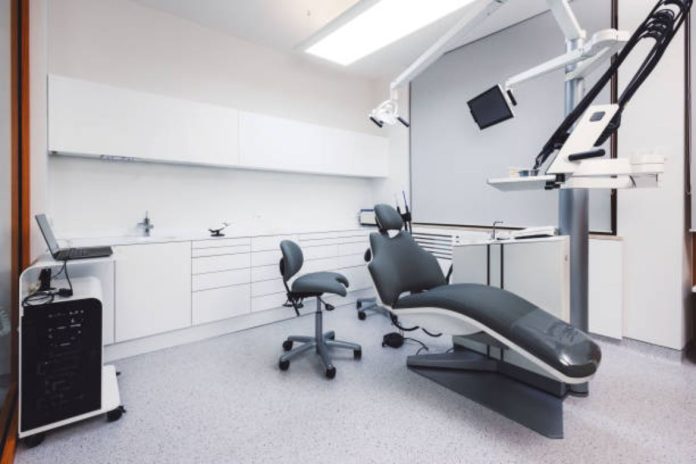Cleanroom chairs are more than just seating; they are integral to preserving controlled, contamination-free environments. Their proper maintenance is critical to ensuring peak performance, compliance with strict standards, and long-term durability. With the right care practices, you can extend their lifespan while maintaining the cleanliness and functionality your cleanroom demands. This comprehensive guide will help you implement actionable tips to preserve your cleanroom chairs, making maintenance both effortless and effective.
If you’re looking for premium cleanroom chairs and equipment that are built to last, explore the offerings at UK Lab Chairs. Their range of high-quality cleanroom seating solutions is designed to meet the rigorous demands of controlled environments.
1. Understanding Cleanroom Chair Requirements
Cleanroom chairs are specifically designed to uphold the integrity of controlled environments. Their materials, structure, and features work together to prevent contamination and meet stringent regulatory standards. Let’s delve into the critical elements that define cleanroom chairs.
Material Considerations
Materials used in cleanroom chairs are carefully chosen for durability, ease of cleaning, and resistance to contaminants:
- Stainless Steel: Non-porous and corrosion-resistant, making it ideal for sterility.
- Polyurethane: Chemically resistant and easy to disinfect, suitable for high-cleanliness environments.
- Vinyl Upholstery: Fire-retardant and non-porous, minimizing particle shedding.
Design Features
Features such as sealed seams, smooth surfaces, anti-static properties, and enclosed mechanisms ensure cleanroom compliance while enhancing usability.2. Daily Maintenance Practices
Consistent daily care is essential to keep cleanroom chairs functioning optimally and to prevent contamination.
Surface Cleaning
- Use cleanroom-grade disinfectants (e.g., 70% isopropyl alcohol).
- Wipe surfaces with low-lint microfiber cloths to minimize particle shedding.
Inspection
Check for:
- Material damage, such as cracks or peeling.
- Loose components that compromise stability or cleanliness.
Storage Tips
- Store chairs in clean, dry areas away from HVAC intakes.
- Use cleanroom-approved covers to protect against dust.
3. Deep Cleaning Procedures
Deep cleaning removes embedded contaminants and ensures long-term compliance.
Frequency
- Heavy Use: Monthly.
- Moderate Use: Quarterly.
- Light Use: Semi-annually.
Steps
- Vacuum with a HEPA filter to remove loose particles.
- Disinfect with approved solutions applied via microfiber cloths.
- Clean crevices with soft brushes.
- Allow chairs to air-dry in a controlled area.
For durable and compliant cleanroom chairs, consider sourcing from UK Lab Chairs, a trusted provider of expertly crafted seating solutions.4. Troubleshooting Common Issues
Even with regular care, issues such as stains or minor damage can occur.
Dealing with Stains
- For chemical spills: Neutralize before cleaning.
- For oil stains: Use a cleanroom-compatible degreaser.
Repairing Minor Damage
- Tighten loose parts using appropriate tools.
- Patch small upholstery tears with cleanroom-safe repair kits.
5. Best Practices for Longevity
Consistency is key to extending the life of cleanroom chairs.
Training
Educate staff on proper handling, cleaning, and the importance of compliance.
Professional Services
Periodic professional maintenance can address deeper issues and ensure cleanroom standards are upheld.
Conclusion
Regular maintenance is the cornerstone of cleanroom chair longevity and compliance. By adopting these strategies, you can preserve your chairs’ functionality while ensuring your cleanroom operates at peak efficiency.
For high-quality cleanroom chairs built to meet the demands of rigorous environments, visit UK Lab Chairs. They offer expertly designed seating solutions that prioritize durability, hygiene, and compliance. Start implementing these tips today to extend the life of your cleanroom chairs and maintain a contamination-free workspace.








